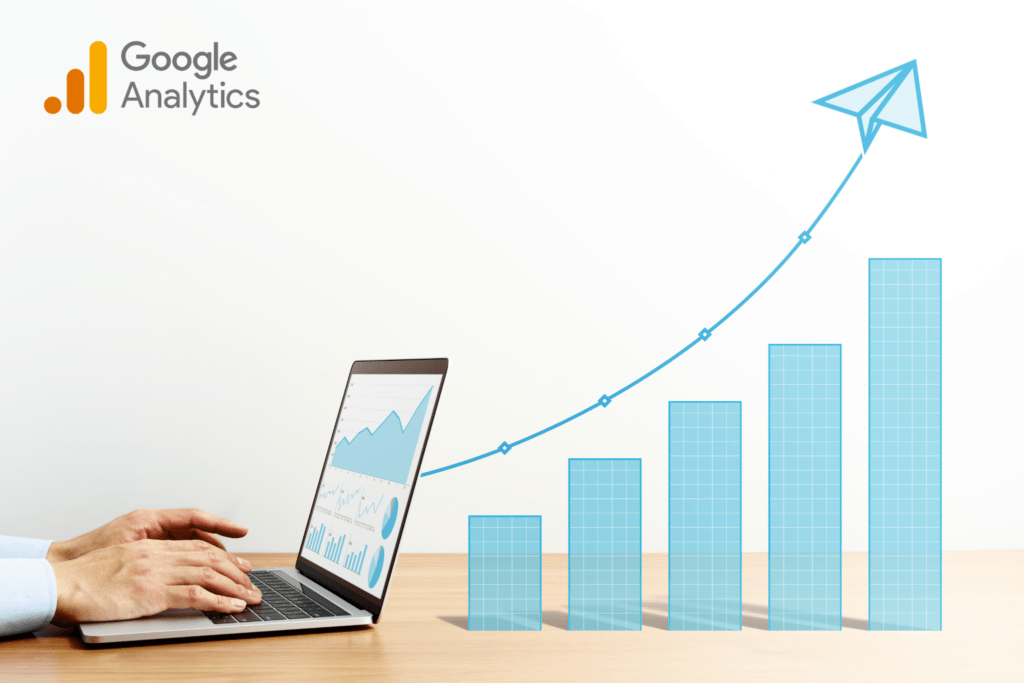Programmatic advertising has revolutionized the way digital ads are bought and sold, making the process more efficient and data-driven. But how can you leverage programmatic advertising to benefit your business? Let’s dive into the basics and explore advanced strategies for making the most of this powerful tool.
Real Questions and Worries
Before diving in, let’s address some common questions:
- “What is programmatic advertising?”
- “How does it work?”
- “How can it benefit my business?”
These concerns are all valid, and by the end of this guide, you’ll have a clear understanding of programmatic advertising and how to leverage it effectively.
What is Programmatic Advertising?
Programmatic advertising is the automated process of buying and selling digital ads using technology and data. It involves the use of software to purchase digital advertising space in real-time, rather than manually negotiating prices and placements.
Keyword: programmatic advertising
How Does Programmatic Advertising Work?
1. Real-Time Bidding (RTB)
Real-Time Bidding (RTB) is a type of programmatic advertising where ad impressions are bought and sold in real-time auctions. Advertisers bid on individual ad impressions, and the highest bidder’s ad is displayed to the user.
2. Programmatic Direct
Programmatic Direct involves buying ad space directly from publishers without an auction. This method is often used for premium ad placements and guarantees a certain number of impressions.
3. Private Marketplaces (PMPs)
Private Marketplaces (PMPs) are invitation-only auctions where select advertisers bid on premium inventory. PMPs offer more control and transparency compared to open auctions.
4. Data Management Platforms (DMPs)
Data Management Platforms (DMPs) collect and analyze data from various sources to help advertisers target specific audiences more effectively. DMPs enable the creation of detailed audience segments for more precise targeting.
Benefits of Programmatic Advertising
1. Efficiency
Programmatic advertising automates the ad buying process, reducing the need for manual negotiations and allowing for more efficient use of resources.
2. Precision Targeting
Using data, programmatic advertising allows you to target specific audiences based on demographics, interests, behaviors, and more. This precision targeting improves ad relevance and performance.
3. Real-Time Optimization
Programmatic platforms continuously analyze data and optimize ad placements in real-time, ensuring that your ads are shown to the right audience at the right time.
4. Scalability
Programmatic advertising allows you to scale your campaigns quickly and efficiently, reaching a larger audience across multiple channels and devices.
5. Transparency
With programmatic advertising, you have greater visibility into where your ads are being placed and how they are performing, allowing for more informed decision-making.
Strategies for Leveraging Programmatic Advertising
1. Define Your Goals
Start by defining clear goals for your programmatic advertising campaigns. Common goals include increasing brand awareness, driving website traffic, generating leads, and boosting sales.
2. Choose the Right Platform
Select a programmatic advertising platform that aligns with your goals and budget. Popular platforms include Google Display & Video 360, The Trade Desk, and MediaMath.
3. Utilize Data for Targeting
Leverage data to create detailed audience segments and target specific demographics, interests, and behaviors. Use DMPs to collect and analyze data from various sources.
4. Optimize Creatives
Ensure your ad creatives are engaging and relevant to your target audience. Test different ad formats, images, and messages to see what resonates best.
5. Implement A/B Testing
Regularly test different elements of your campaigns to identify what works best. Experiment with different ad creatives, targeting options, and bidding strategies.
6. Monitor and Adjust in Real-Time
Continuously monitor your campaigns and make data-driven adjustments to improve performance. Use real-time data to optimize ad placements, bids, and targeting.
7. Leverage Private Marketplaces
Consider using Private Marketplaces (PMPs) for access to premium inventory and more controlled ad placements. PMPs can offer better visibility and performance compared to open auctions.
8. Focus on Brand Safety
Ensure your ads are placed in safe and appropriate environments by using brand safety tools and working with reputable publishers. This helps maintain your brand’s reputation and credibility.
Stories and Examples
The E-commerce Store Example
Imagine you run an e-commerce store. Here’s how you might leverage programmatic advertising:
Define Goals
- Goal: Increase sales of a new product line.
Choose Platform
- Platform: Google Display & Video 360.
Utilize Data
- Data: Use data from past purchases to create audience segments of users interested in similar products.
Optimize Creatives
- Creatives: Develop visually appealing ads showcasing the new product line. Test different formats, such as carousel ads and video ads.
Implement A/B Testing
- Testing: A/B test different ad creatives and messages to see which drives the most sales.
Monitor and Adjust
- Adjustments: Monitor campaign performance in real-time and adjust bids and targeting based on results.
Leverage PMPs
- PMPs: Use Private Marketplaces to secure premium placements on high-traffic websites relevant to your target audience.
Focus on Brand Safety
- Brand Safety: Implement brand safety tools to ensure ads are placed in appropriate environments.
The Local Restaurant Example
Or let’s say you own a local restaurant:
Define Goals
- Goal: Increase reservations for a special event.
Choose Platform
- Platform: The Trade Desk.
Utilize Data
- Data: Use location data to target users within a 10-mile radius of your restaurant.
Optimize Creatives
- Creatives: Create engaging ads highlighting the special event and offering a limited-time discount for reservations.
Implement A/B Testing
- Testing: Test different ad creatives and messages to see which drives the most reservations.
Monitor and Adjust
- Adjustments: Continuously monitor campaign performance and adjust targeting and bids based on real-time data.
Leverage PMPs
- PMPs: Use Private Marketplaces to secure placements on local food blogs and review sites.
Focus on Brand Safety
- Brand Safety: Ensure ads are placed on reputable and relevant websites.
FAQs about Programmatic Advertising
1. How does programmatic advertising differ from traditional ad buying?
Programmatic advertising automates the ad buying process using technology and data, whereas traditional ad buying involves manual negotiations and placements.
2. What are the main types of programmatic advertising?
The main types include Real-Time Bidding (RTB), Programmatic Direct, and Private Marketplaces (PMPs).
3. How can I ensure my ads are placed in safe environments?
Use brand safety tools and work with reputable publishers to ensure your ads are placed in appropriate and safe environments.
4. Can small businesses benefit from programmatic advertising?
Yes, programmatic advertising offers efficiency, precision targeting, and scalability, making it suitable for businesses of all sizes.
Wrapping It Up
Leveraging programmatic advertising can significantly enhance your digital marketing efforts by automating the ad buying process, allowing for precise targeting, and optimizing in real-time. By understanding the basics and implementing strategic approaches, you can maximize the benefits of programmatic advertising.
Remember, the key to successful programmatic advertising is to define clear goals, use data for precise targeting, continuously optimize your campaigns, and ensure brand safety. Happy advertising!

